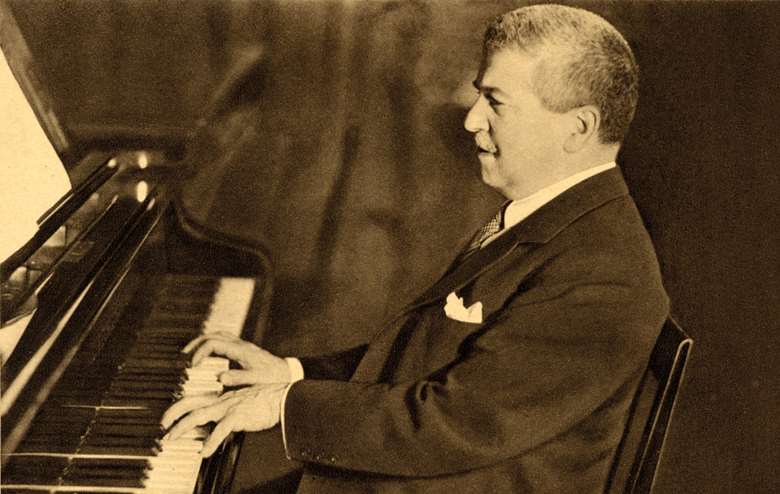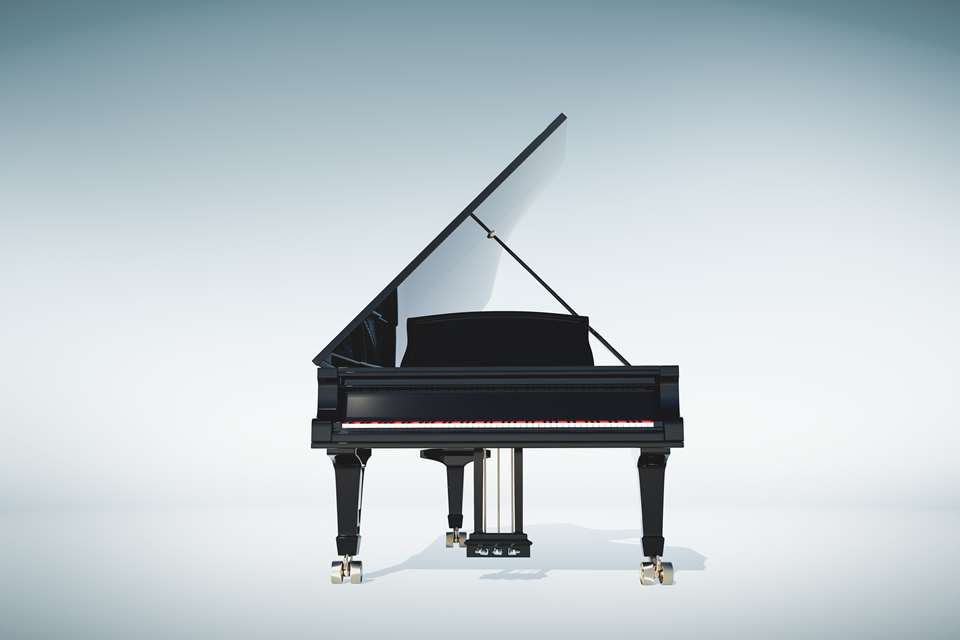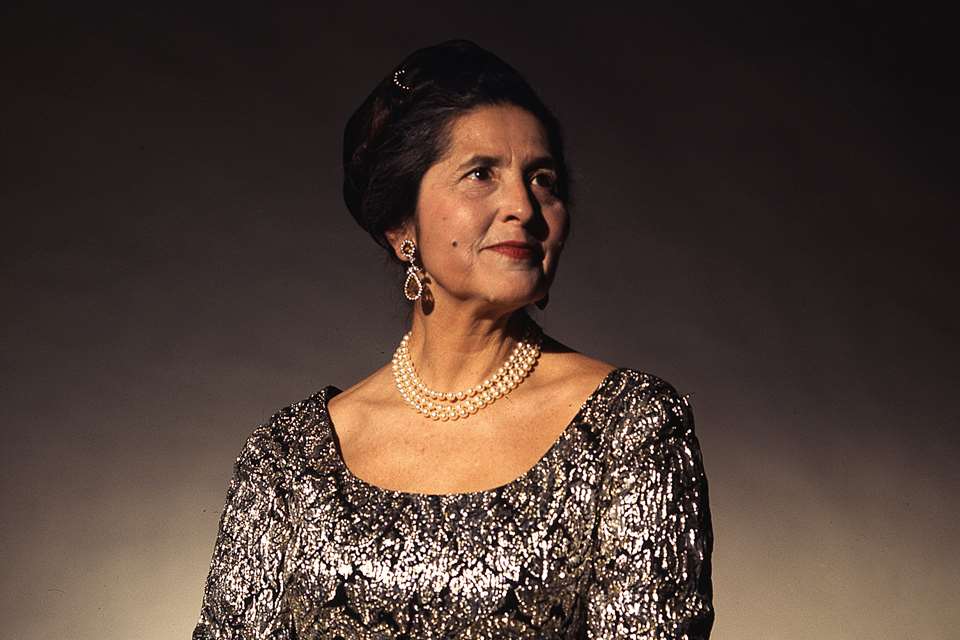Artur Schnabel: the life and career of a piano icon
Stephen Cera
Friday, August 26, 2022
The great Austrian pianist who revolutionised the recording industry by setting down the first-ever set of the complete Beethoven piano sonatas

Register now to continue reading
Thanks for exploring the Gramophone website. Sign up for a free account today to enjoy the following benefits:
- Free access to 3 subscriber-only articles per month
- Unlimited access to our news, podcasts and awards pages
- Free weekly email newsletter











